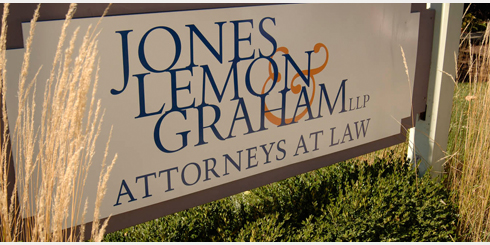Failure to properly report claim means no defense for law firm under successive policies for law firm.
By Joseph P. Kelly and Shelly Hall
Scenario: Law Firm creates employee stock ownership program, or ESOP, per Client’s request. Seven years later, ESOP asks Firm to conduct a risk analysis based on how the ESOP was created. Firm tells ESOP that Client engaged in prohibited ERISA transactions when the ESOP was established. Firm doesn’t notify its malpractice carrier. ESOP eventually sues Client. ESOP’s attorney then sends a letter to Firm stating that Client-Defendant “remembers receiving advice from [Firm]” that he should take ERISA prohibited actions and if Client’s statement is true, Firm probably needed to notify its malpractice carrier.
Firm still doesn’t provide notice of a claim, but it does provide a brief summary about the matter in its next two annual renewal applications. Firm then decides to change malpractice carriers. The application asked about any circumstances that could reasonably give rise to a professional liability claim and Firm identified the ESOP matter. The application then asked whether notice was given to its current insurer. Firm answered “Yes” and “concurrently, or immediately succeeding this application, written notice will be given to the current insurer.”
The application states that there will be no coverage for any matter listed as potentially giving rise to a claim that was reported to another insurer. Despite its application answer, Firm didn’t give written notice to its current insurer. A few months later, Client sues Firm for malpractice. Firm quickly notifies its current carrier of the suit. Carrier says no coverage based on the application. Firm doesn’t notify its prior insurer until over a year later. Prior insurer denies coverage based on its policy’s reporting requirement.
Question: Both insurers were aware of the ESOP matter. Did Firm do enough to trigger coverage for Client’s malpractice suit?
The answer was “No” in Ironshore Specialty Co. v. Callister, Nebeker & McCullogh, P.C., et al, Case No. 2:15-cv-00677-RJS-BCW (D. Utah Dec. 21, 2017). Let’s take a look at the policies to see why the Court said no coverage.
• Policy #1 The front page of the first insurer’s policy states “This is a Claims Made and Reported Policy, please read it carefully.” The court highlighted the importance of reporting a claim during the relevant coverage period. The court found that Firm’s reporting obligations under the policy were clear based on the cover page disclosure, along with a statement in the Insuring Agreement that there’s coverage for claims “first made against the Insured during the Policy Period and reported to the Insurer during the Policy Period.” Accordingly, the Court found that Firm had to strictly comply with the policy’s reporting requirements and that it did not. It wasn’t enough to just list a potential claim in its renewal applications. A formal notice of claim during the Policy Period was required for coverage.
• Policy #2 The application contained a disclaimer stating “NOTICE: THE POLICY BEING APPLIED FOR WILL NOT PROVIDE COVERAGE FOR ANY CLAIM ARISING OUT OF THE MATTERS REQUIRED TO BE LISTED IN 30(a) AND 30(b) ABOVE.” The matters referred to are matters that could reasonably give rise to a claim and matters for which notice had been given to a current insurer. The Court disagreed with Firm that the the disclaimer was just a warning statement of sorts and wasn’t enough to bar coverage. The disclaimer unambiguously stated there wouldn’t be coverage for those matters.
Lesson #1: Report, report, report!
Perhaps Firm thought it should wait for a “Claim” by Client – either a written demand of sorts or a lawsuit – before giving notice to the first insurer. Maybe Firm just hoped it all would go away. Bottom line – best practice is to err on the side of caution and report potential malpractice claims. “Claims made and reported” policies like the first policy here only provide coverage if the claim is made during the coverage period and it’s reported to the insurer during the coverage period. Most policies, including the first policy, provide for reporting of a potential claim as soon as an Insured is aware and, by reporting right away, an insured can trigger coverage once there’s a “Claim”, even if the “Claim” doesn’t come occur after the coverage period. Then it wouldn’t matter that coverage was excluded in the second policy, because coverage under the first policy was secured by notice of potential claim.
Lesson #2: Comply with the policy’s reporting requirements!
Firm told the first insurer about the ESOP matter in two renewal applications. But the first policy had particular requirements for notice of a potential claim. More details were required than what was asked for in the renewal application. If Firm had complied with the first policy’s notice requirements, coverage for Client’s eventual malpractice suit likely would have been triggered.
Comment » | Business Law Blog, Lawyers Malpractice Digest, Professional Liability Insurance Digest, Uncategorized

